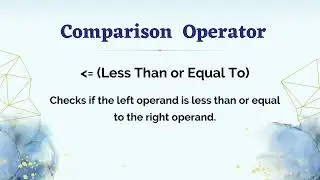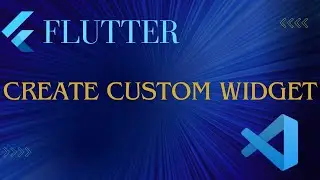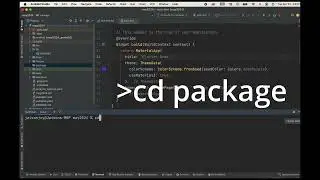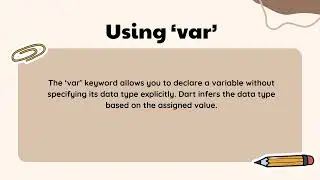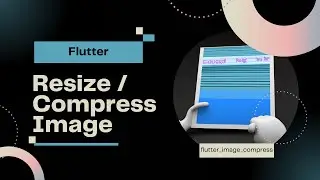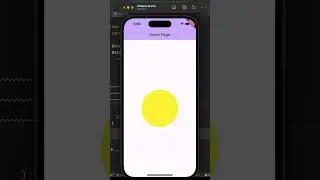FLUTTER ANIMATION - 9 | Tween Animation | Linear Tweening
https://www.youtube.com/@truecoders?s...
@TrueCoders
What is Tween Animation?
Tween animations, also known as tweening or interpolation, refer to a technique used in computer graphics and animation to create smooth transitions between two keyframes or states. The term "tween" is short for "in-between," highlighting its purpose of generating intermediate frames between defined keyframes.
In traditional animation, keyframes are manually drawn or created to represent significant poses or positions in an animation sequence. The frames in between the keyframes are then hand-drawn by animators. However, in digital animation and computer graphics, tweening is employed to automate this process and generate the intermediate frames automatically.
The basic principle of tweening involves specifying the starting and ending keyframes, and the computer algorithm calculates and generates the frames in between. Various properties such as position, scale, rotation, color, and transparency can be tweened. The computer interpolates these properties smoothly, resulting in fluid animations.
There are different types of tweening used in animation:
1. **Linear Tweening**: This is the simplest form of tweening, where the intermediate frames are calculated evenly spaced between the starting and ending keyframes. It produces a linear transition without any acceleration or deceleration.
2. **Ease In/Ease Out Tweening**: This type of tweening adds acceleration and deceleration to the animation, creating a more natural and realistic movement. It gradually speeds up at the beginning (ease-in) and slows down towards the end (ease-out) of the animation.
3. **Bezier Tweening**: Bezier curves are mathematical curves used to control the path of the animation. By defining control points, animators can create complex and curved trajectories for objects, allowing for more organic and creative motion.
Tweening is commonly used in various applications, including 2D and 3D animations, video games, user interface animations, and motion graphics. It simplifies the animation process, saves time, and enables smoother transitions between keyframes, resulting in visually appealing and engaging animations.
In Flutter, linear tweening refers to a type of animation interpolation where the intermediate frames are evenly spaced between the starting and ending values. It produces a linear transition without any acceleration or deceleration.
In Flutter, you can achieve linear tweening using the `Tween` class provided by the animation framework. The `Tween` class defines a mapping between a range of values of one type to another. For linear tweening, you can create a `Tween` object and specify the starting and ending values.
By using linear tweening and the `Tween` class in Flutter, you can create smooth and straightforward animations with evenly spaced intermediate frames.









